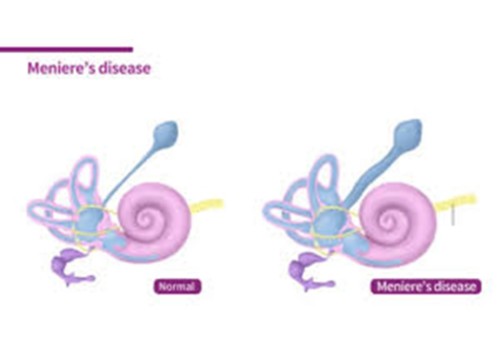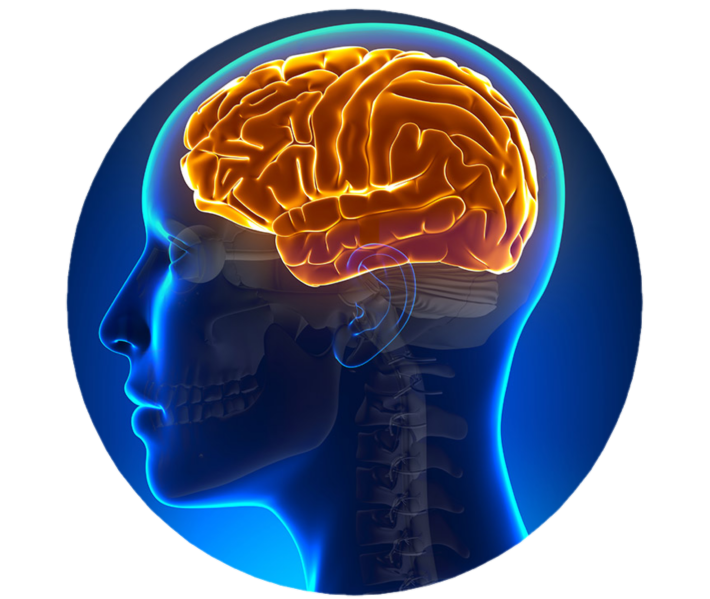Vertigo is defined as a false sensation of movement, most commonly rotational movement. It is important to separate this feeling from that of dizziness or giddiness.
Benign paroxysmal positional vertigo is the most common vestibular condition. It accounts for 17-42% of people with vertigo.
What does BPPV stand for?
Benign –not dangerous or harmful
Paroxysmal – sudden onset
Positional – change of position or movement
Vertigo – false sensation of rotational movement
What is happening when you have BPPV?
The part of the system that is affected with BPPV is the balance organ. It is made up of three semi-circular canals (anterior, horizontal and posterior) as well as the utricle and saccule (these give us information about acceleration, deceleration, upwards and downwards movement).
In the saccule and utricle everyone has otoconia which are microscopic crystals of calcium carbonate (also found in bone) they give us information about movement. If some of these otoconia crystals become loose they can float back into one of the semi-circular canals. When there is head movement the otoconia crystals move in the canal giving a false sense of movement to the brain which makes you feel dizzy or spinning. Typical aggravating movements include: lying down in bed, sitting up, rolling over, bending down and looking up.
Symptoms are usually episodic and can last up to one minute. In between episodes some people will feel symptom free while others may get a sense of being off balance. An episode of vertigo caused by BPPV will only happen when there has been a change of position.
What causes BPPV?
There are a few known causes but, in most cases, it can happen for no identifiable reason. Some risk factors include: age, being female, low levels of vitamin D, migraine, head injury, osteoporosis and cholesterol level.
How do we test for it?
There are specific positional tests that are carried out qualified therapists to identify if you have BPPV. Your therapist will be looking closely at your eyes to see if there is any nystagmus present with these positional tests. Nystagmus is a fast eye movement, depending on the direction of this movement it is possible to identify where the otoconia crystals are in your semi-circular canals. Your therapist will also assess your balance as it is common for this to be affected as well.
How is it treated?
Depending on which semi-circular canal is affected your therapist will use the appropriate re-positioning maneuver to move the otoconia crystals back to where they should belong. Your therapist will fully explain the treatment before it is started, and you may be asked to keep your head level after the treatment to improve the effectiveness. On average it can take three treatment sessions to fully resolve BPPV. You may feel some imbalance after BPPV has fully resolved, this is not uncommon, and your therapist can support you with further exercises to help you get back to your usual activities. Re-positioning maneuvers are the only way to successfully treat BPPV. Sometimes your GP may prescribe some anti-nausea or vestibular suppressant medication however these cannot be taken for a long period of time.
Will I get BPPV again?
BPPV has a re-occurrence rate of 50% within 5 years. Research has indicated that maintaining healthy levels of vitamin D can help to reduce the frequency of BPPV recurring. BPPV can usually affect the same canal, if this is happening your therapist may choose to teach you the appropriate re-positioning maneuver at home. However, lots of people prefer to be assessed when they are experiencing BPPV so the correct maneuver can be completed.
References:
Chen J, Zhao W, Yue X, Zhang P. Risk Factors for the Occurrence of Benign Paroxysmal Positional Vertigo: A Systematic Review and Meta-Analysis. Front Neurol. 2020 Jun 23;11:506. doi: 10.3389/fneur.2020.00506. PMID: 32655479; PMCID: PMC7324663.
InformedHealth.org [Internet]. Cologne, Germany: Institute for Quality and Efficiency in Health Care (IQWiG); 2006-. Benign paroxysmal positional vertigo: Learn More – What can you do if you have BPPV? [Updated 2023 Oct 4]. Available from: https://www.ncbi.nlm.nih.gov/books/NBK556950/
Sheikhzadeh M, Lotfi Y, Mousavi A, Heidari B, Monadi M, Bakhshi E. Influence of supplemental vitamin D on intensity of benign paroxysmal positional vertigo: A longitudinal clinical study. Caspian J Intern Med. 2016 Spring;7(2):93-8. PMID: 27386060; PMCID: PMC4913711.
Palmeri R, Kumar A. Benign Paroxysmal Positional Vertigo. [Updated 2022 Dec 26]. In: StatPearls [Internet]. Treasure Island (FL): StatPearls Publishing; 2024 Jan-. Available from: https://www.ncbi.nlm.nih.gov/books/NBK470308/






